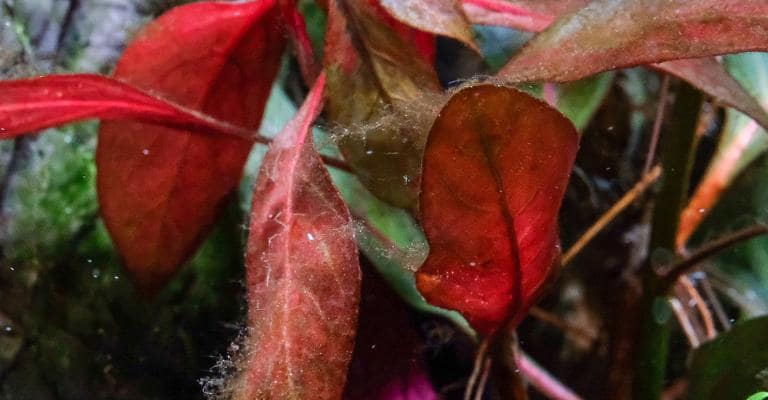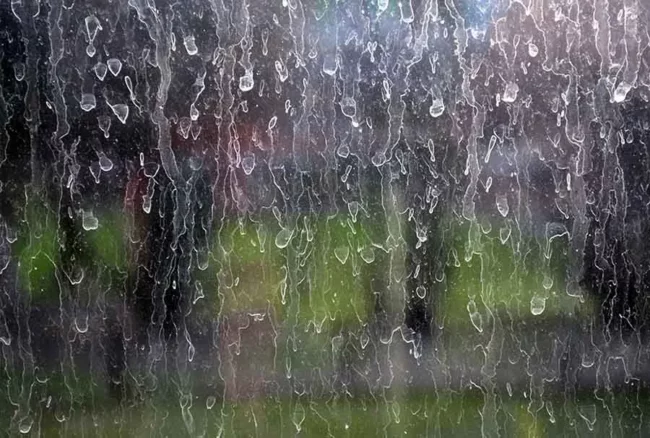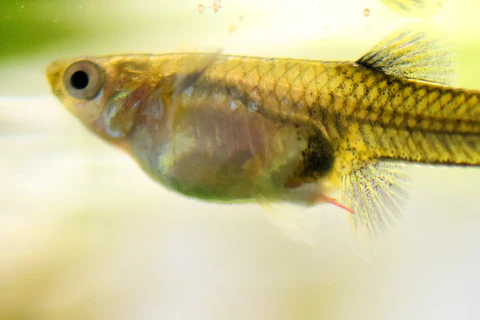Aquarium cleaning doesn’t have to be a risky chore that damages your setup or decorations. After cleaning and resetting over 30 aquariums, sometimes multiple times a year, I’ve discovered three efficient methods that tackle grime, algae and even parasites without harming tanks, silicone seals or delicate 3D printed parts. Whether you’re a beginner or a seasoned aquarist looking for reliable fish tank disinfection and maintenance strategies — this guide is your new best friend.
Important: These methods are for cleaning empty tanks and equipment only. Never use them with fish, shrimp, snails or plants inside!
How to Protect Beneficial Bacteria During Aquarium Cleaning
Before diving into any cleaning process, it’s vital to consider your aquarium’s biological filtration. Beneficial bacteria living in your filter media, sponge and substrate are essential for maintaining a stable nitrogen cycle. Unfortunately, all three cleaning methods shared here — especially those using bleach or hydrogen peroxide — can wipe out these microorganisms.
To prevent a cycle crash:
- Keep a sponge filter running in another healthy tank to preserve bacteria.
- Alternatively, submerge your main filter in a bucket filled with dechlorinated water to keep bacteria alive.
- Never clean your filter sponge while also deep-cleaning the tank.
- For safety, clean only half the tank at a time, then wait a few days before continuing.
Pro tip: Starting fresh? Use new sponges and bottled bacteria to seed your reset tank. You can also collect beneficial bacteria from a disease-free, algae-free hobbyist or your local aquarium shop. Many stores will gladly squeeze their sponge media into a bottle of water for you.
3 Aquarium Cleaning Methods: A Solution for Every Scenario
Before we get into the step-by-step details, here’s a quick rundown of the three cleaning methods we’ll explore:
- Hydrogen Peroxide: Ideal for regular cleaning and algae removal. It’s safe for most materials, including 3D printed decorations and evaporates cleanly without residue.
- Citric Acid: Best suited for tackling mineral buildup and hard water stains. Gentle yet effective for polishing your tank after harsher cleaning.
- Bleach: The strongest option, used for full fish tank disinfection after serious issues like parasites or diseases. Must be used with caution and always followed by neutralization.
Each of these methods has it’s time and place in your fish tank maintenance routine. Now, let’s break down the details of each one.
Method 1: Hydrogen Peroxide (Best for Algae and Regular Cleaning)
Hydrogen peroxide is my top pick for regular fish tank maintenance. It’s gentle, evaporates cleanly and is highly effective against algae and biofilm. Most importantly, it won’t harm tank seals, glass or 3D printed decorations when used correctly.

Steps:
- Mechanically clean all tank surfaces using a non-scratch metal sponge and clean water.
- Rinse the aquarium and equipment thoroughly.
- Prepare a 1:10 mix of 3% hydrogen peroxide and water.
- Spray the solution over glass, hardscape and decorations. Let it sit for 40 minutes.
- Rinse everything again with clean water.
- Dry all surfaces with a clean microfiber cloth.
Why it works: Hydrogen peroxide breaks down into water and oxygen, making it ideal for fish tank decorations cleaning. It’s especially safe for disinfecting 3D printed aquarium parts made from PETG.
Method 2: Citric Acid (Perfect for Hard Water Stains)
If you deal with high GH water or visible white crusts, citric acid is your new best friend. It’s food-safe, non-toxic and very effective at breaking down calcium deposits and mineral stains.

Steps:
- Dissolve 15g of citric acid powder into 250ml of very warm or hot water.
- Shake or stir until fully dissolved.
- Spray onto aquarium glass, lids or equipment.
- Allow to sit for 20 minutes.
- Rinse thoroughly multiple times.
- Wipe dry with a microfiber cloth.
Bonus tip: After a bleach disinfection, follow with this citric acid solution to neutralize residue and restore a clean, polished surface. It leaves your tank spotless and safe for reassembly.
Method 3: Bleach (Serious Fish Tank Disinfection)
Bleach is the nuclear option — when you’re dealing with parasites like Camallanus worms or a full-blown disease outbreak. It kills everything, which is exactly what makes it both effective and risky.

Steps:
- Mix a 1:10 bleach-to-water solution in a spray bottle or container.
- Apply it generously to the aquarium’s interior and all accessories.
- Let it sit for 20 to 60 minutes, depending on contamination level.
- Scrub all surfaces with a non-scratch metal sponge.
- Rinse multiple times to remove all bleach traces.
- Allow everything to air dry completely—at least 48 hours.
Warning: Bleach is powerful. Always use gloves, eye protection and ensure excellent ventilation. Once dry, MUST follow with a citric acid rinse to neutralize any lingering bleach residue.
Cleaning 3D Printed Aquarium Parts (PLA & PETG)
3D printed decorations look amazing in custom aquascapes — but they need special care. Not all materials react the same way to cleaning agents, so understanding how to handle each type is critical.
- PLA: Highly sensitive to bleach. Exposure causes brittleness and warping.
- PETG: More durable and can handle brief contact with bleach, but still shouldn’t be soaked long.
- Safe Method: Hydrogen peroxide remains the best solution for disinfecting 3D printed aquarium parts.

Steps:
- Prepare a 1:10 hydrogen peroxide solution in a clean bucket.
- Place the 3D printed parts in the solution and soak for one hour.
- Gently scrub any visible algae or residue.
- Rinse thoroughly with clean water.
- Leave the parts to dry completely before reuse.
These methods have kept my 3D printed caves, driftwood replicas and custom plant holders safe and functional after dozens of resets.
Aquarium Cleaning Method Summary Table
| Method | Best For | Notes |
|---|---|---|
| Hydrogen Peroxide | Routine cleaning, algae, 3D prints | Gentle and effective for all materials |
| Citric Acid | Fish tank maintenance: hard water stains, calcium buildup | Great post-bleach cleaner |
| Bleach | Full fish tank disinfection after parasites or to-do major resets | Use carefully, always follow with citric acid |
Conclusion
Whether you’re performing routine fish tank maintenance or tackling a full-scale fish tank disinfection, these three cleaning methods are reliable, safe and proven over time. They’ve helped me refresh over 30 aquariums while preserving delicate decorations and keeping 3D printed parts intact.
Hydrogen peroxide stands out as the best all-around option — especially for disinfecting 3D printed aquarium parts. Just remember to protect your beneficial bacteria and when in doubt, always err on the side of caution.
Got your own tried-and-true method? Drop it in the comments below — I’d love to hear how you safely clean your tank or 3D printed parts! If you’ve discovered an easier or more effective routine, let’s share and learn together.
Looking for more tips while you wait? I publish new content weekly, so check out the latest posts before the next one drops!
- Is 3D Printing Food Safe? Here’s the Real Truth
- 3D Printed Reptile Hides Exposed: Crucial for Welfare or Just Terrarium Decor Hype?
- 3D Print Bed Adhesion — What Works Best To Avoid Failed 3D Print?
- Are Aquarium Caves Really Critical for Fish and Shrimp Health? Does 3D Print Decor make a Difference for your Aquatic Pets?
- Why Aquarium Plant Holders Are Changing the Game for Tree Lovers
